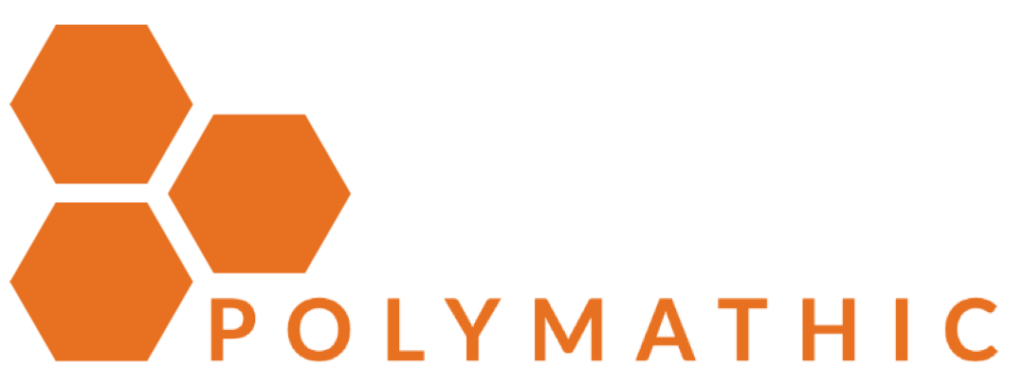Audience Experience Optimization
Traditional usability studies are effective, but limited in scope. They focus strictly on how "functional" an application is. Specifically, they determine whether a user can complete a strict series of tasks. I think this model is outdated and doesn't apply well to the Web. The goal is to replace the concept of usability. Or, rather, to supersede it. Audience Experience Optimization is a discipline that seeks to make certain that a viewer/participant of a Web site has a satisfying experience.
Traditional usability studies are effective, but limited in scope. They focus strictly on how "functional" an application is. Specifically, they determine whether a user can complete a strict series of tasks. I think this model is outdated and doesn't apply well to the Web.
Usability as a discipline bears significant traces of its origin in the design and development of computer applications. As such, it has two strong prejudices:
1. It refers to the person doing the task as a "user". This is the person who "uses" the application.
2. And the application is its other focus. The thing being analyzed is conceived as a tool that accomplishes tasks within a certain set of functionality.
And it is these two presuppositions that make it hard to translate usability to the Web. Oh, to be sure, the Web does have users of a sort and functionality, too. And it's important to get the users to do the functionality effectively.
What I mean is that usability does not have the full scope required. That is, on the Web, persons are not just "users". And what these people are doing is not just "functionality".
Rather, the Web engages a person more wholly, even if within a certain persona. And studying this persona within a range of activities is what ought to be done.
Tomorrow... if not usability, what can we use?
The goal is to replace the concept of usability. Or, rather, to supersede it. Audience Experience Optimization is a discipline that seeks to make certain that a viewer/participant of a Web site has a satisfying experience.
The components of this study include usability (for functionality), messaging, branding, and marketing (for offers, etc.). Each of these components focus on a certain aspect of the total audience experience on the Web site. When these components are consider together, then we can have a truly comprehensive picture of whether the Web site is effective. And it is this approach that offers us a much wider and much more helpful perspective than a simple usability study.
